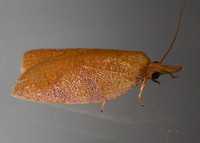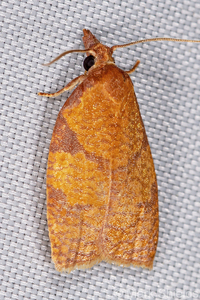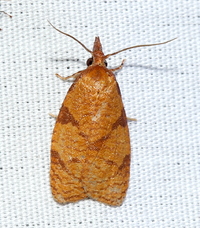
| Recorded by: David George on 2025-06-29
Richmond Co.
Comment: | 
| Recorded by: Jim Petranka, Mark Basinger and Becky Elkin on 2025-06-29
Richmond Co.
Comment: |

| Recorded by: Jeff Niznik, David George, Larry Chen, Sarah Toner, Joye Zhou on 2025-06-20
Richmond Co.
Comment: | 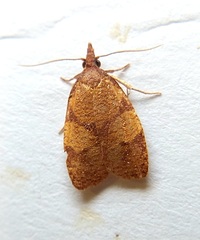
| Recorded by: Mark Basinger on 2025-06-19
Brunswick Co.
Comment: |

| Recorded by: Jeff Niznik, David George on 2025-06-11
Cumberland Co.
Comment: | 
| Recorded by: Jeff Niznik, David George on 2025-06-11
Cumberland Co.
Comment: |
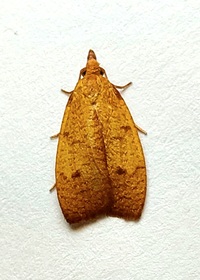
| Recorded by: Mark Basinger on 2025-06-02
Brunswick Co.
Comment: | 
| Recorded by: Jeff Niznik, David George on 2025-05-09
Cumberland Co.
Comment: |

| Recorded by: Jeff Niznik, David George on 2025-05-09
Cumberland Co.
Comment: | 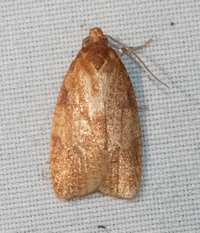
| Recorded by: Emily Stanley on 2024-07-17
Buncombe Co.
Comment: |

| Recorded by: Mark Basinger on 2024-06-29
Rowan Co.
Comment: | 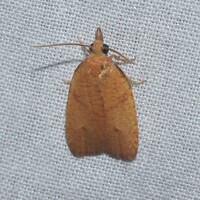
| Recorded by: David George, Stephen Dunn, Jeff Niznik, Patrick Coin on 2024-06-22
Chatham Co.
Comment: |
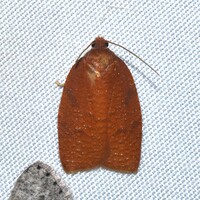
| Recorded by: Jeff Niznik on 2024-06-15
Scotland Co.
Comment: | 
| Recorded by: David George, Stephen Dunn, Jeff Niznik, Rich Teper, Becky Watkins on 2023-07-30
Swain Co.
Comment: |

| Recorded by: David George, Stephen Dunn, Jeff Niznik, Rich Teper, Becky Watkins on 2023-07-29
Swain Co.
Comment: | 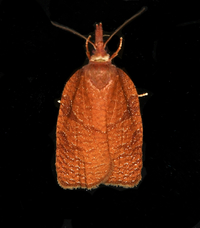
| Recorded by: Jim Petranka on 2023-07-10
Madison Co.
Comment: |
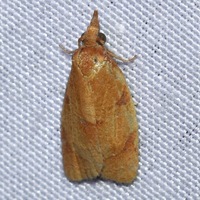
| Recorded by: Jeff Niznik on 2023-06-17
New Hanover Co.
Comment: | 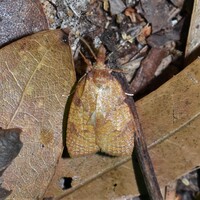
| Recorded by: David George, Jeff Niznik, Rich Teper, Erich Hofmann, Jesse Anderson on 2023-05-22
New Hanover Co.
Comment: |
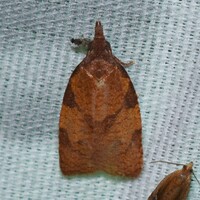
| Recorded by: David George, Jeff Niznik, Rich Teper on 2023-05-21
New Hanover Co.
Comment: | 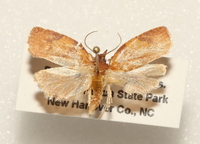
| Recorded by: David George, Jeff Niznik, Rich Teper on 2023-05-21
New Hanover Co.
Comment: |
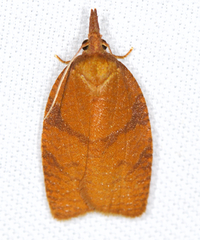
| Recorded by: Jim Petranka on 2022-08-03
Madison Co.
Comment: | 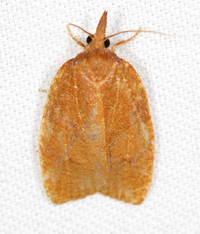
| Recorded by: Jim Petranka on 2022-07-29
Madison Co.
Comment: |
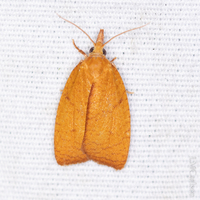
| Recorded by: David George, L. M. Carlson on 2022-06-21
Caswell Co.
Comment: | 
| Recorded by: Jim Petranka on 2021-08-06
Madison Co.
Comment: |
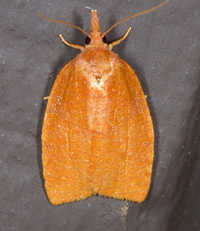
| Recorded by: Jim Petranka and Becky Elkin on 2021-07-22
Graham Co.
Comment: | 
| Recorded by: Jim Petranka on 2021-07-19
Madison Co.
Comment: |
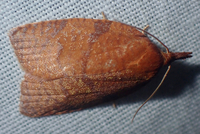
| Recorded by: tom ward on 2021-07-15
Buncombe Co.
Comment: | 
| Recorded by: Jim Petranka on 2021-07-11
Madison Co.
Comment: |
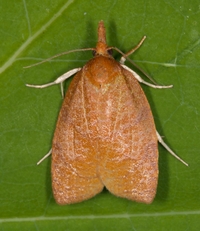
| Recorded by: Jim Petranka and Becky Elkin on 2020-08-01
Madison Co.
Comment: | 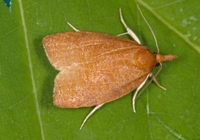
| Recorded by: Jim Petranka and Becky Elkin on 2020-08-01
Madison Co.
Comment: |
|

 »
»